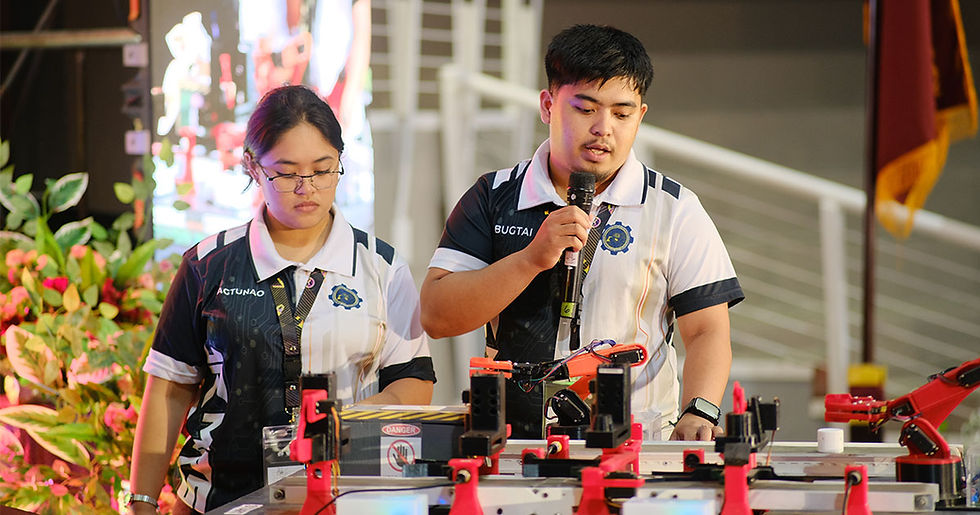Field Ready speaks at TEDx Adventures Patan 2016
- Field Ready

- May 14, 2016
- 2 min read
On Friday 29th April 2016, TEDx Patan organized their first ever TEDx Adventures event in the Innovation Lab in Kathmandu. The event was focused on bringing together actors working in reconstruction post the April 2015 Earthquake, and encourage them to engage actively in exploring how new innovations could positively reinforce their efforts.
The event featured several speakers including Field Ready’s Abi Bush who focused on using 3D printing to support earthquake reconstruction efforts. Our approach has a decided to focus on more immediate solutions that could be managed with the 3D printers already available in Kathmandu.

Here are some examples we’ve worked on with our partner, Build Change, demonstrating how a low cost, consumer end 3D printer can add to reconstruction efforts:
1. Training builders
A serious issue in Nepal is a lack of adherence to building codes, leading to buildings that are unsafe. Reconstruction programs often have a strong emphasis on training, and those programs which do training well usually have a desire to incorporate interactive models and hands on experience in their programs. Build Change for example is developing a bespoke training kit which allows trainee builders to experiment with different configurations using a set of columns and beams, and trainees see for themselves which configuration is most robust – for example, avoiding placing columns in the center of beams, and avoiding cantilevers. 3D printing is a great way prototyping the design of this tool, as well as for producing the small volume of kits they need.
2. Small components/spares
In remote locations, certain construction issues, such as accidentally leaving a small part such as a hinge at the office, sending the water pipe fittings to the wrong site, or items breaking in transit are common challenges. A 3D printer onsite can help fill these small but vital gaps. Examples are nearly endless but a few created in Nepal include providing a hinge or catch for the door, a pipe fitting for the water system, or an end cap for a drainpipe.
3. Jigs
Quality of construction materials such as concrete blocks is a serious issue in Nepal. Modern test methods can be highly technical or expensive. Build Change has developed a simple test rig, but local manufacturing is unfortunately fairly rough and too imprecise to produce rigs that produce the same results. 3D printer are a great way of producing jigs that can enable local manufacturers to make products much more quickly and accurately. Jigs could also be used to improve upon other difficulties, such as window and door frames that are not square or are slightly too big or too small.


_edited.png)




Comments